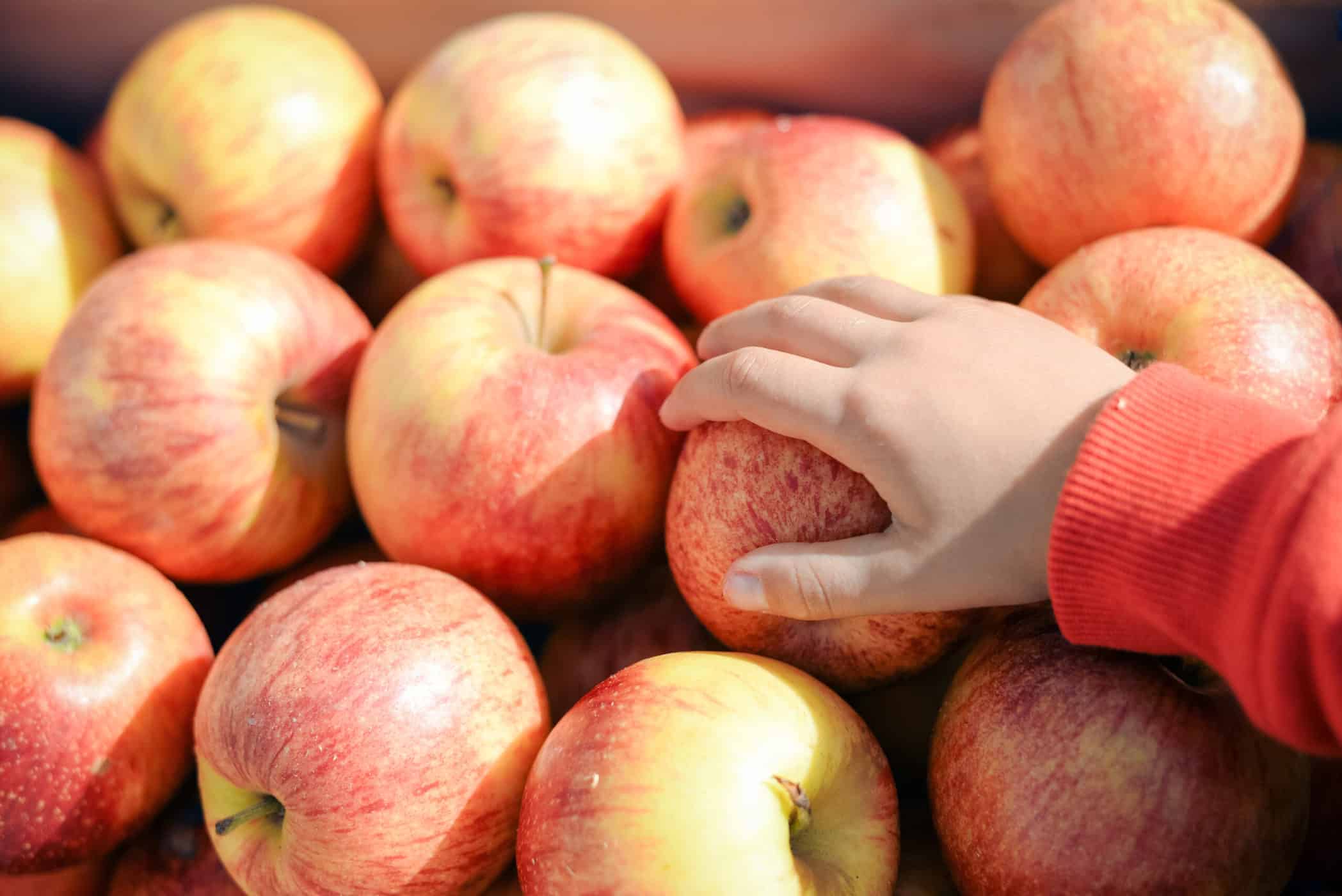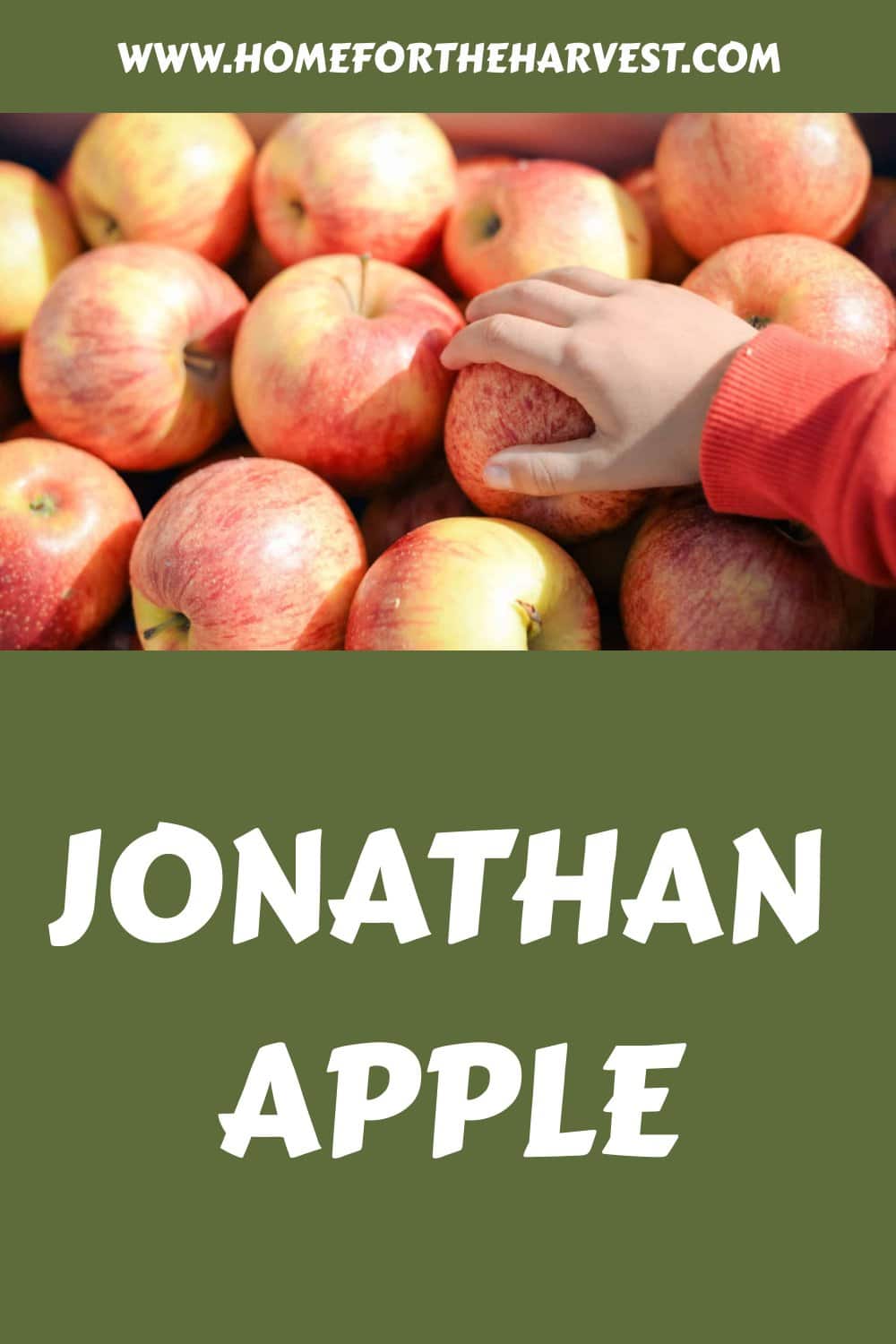The Jonathan apple is an American heirloom variety with an attractive bicolor peel and a crispy, tart flavor. They are medium-sized and have yellow flesh. The balanced sweet-tart taste and crispy texture help it perform well in baked goods.
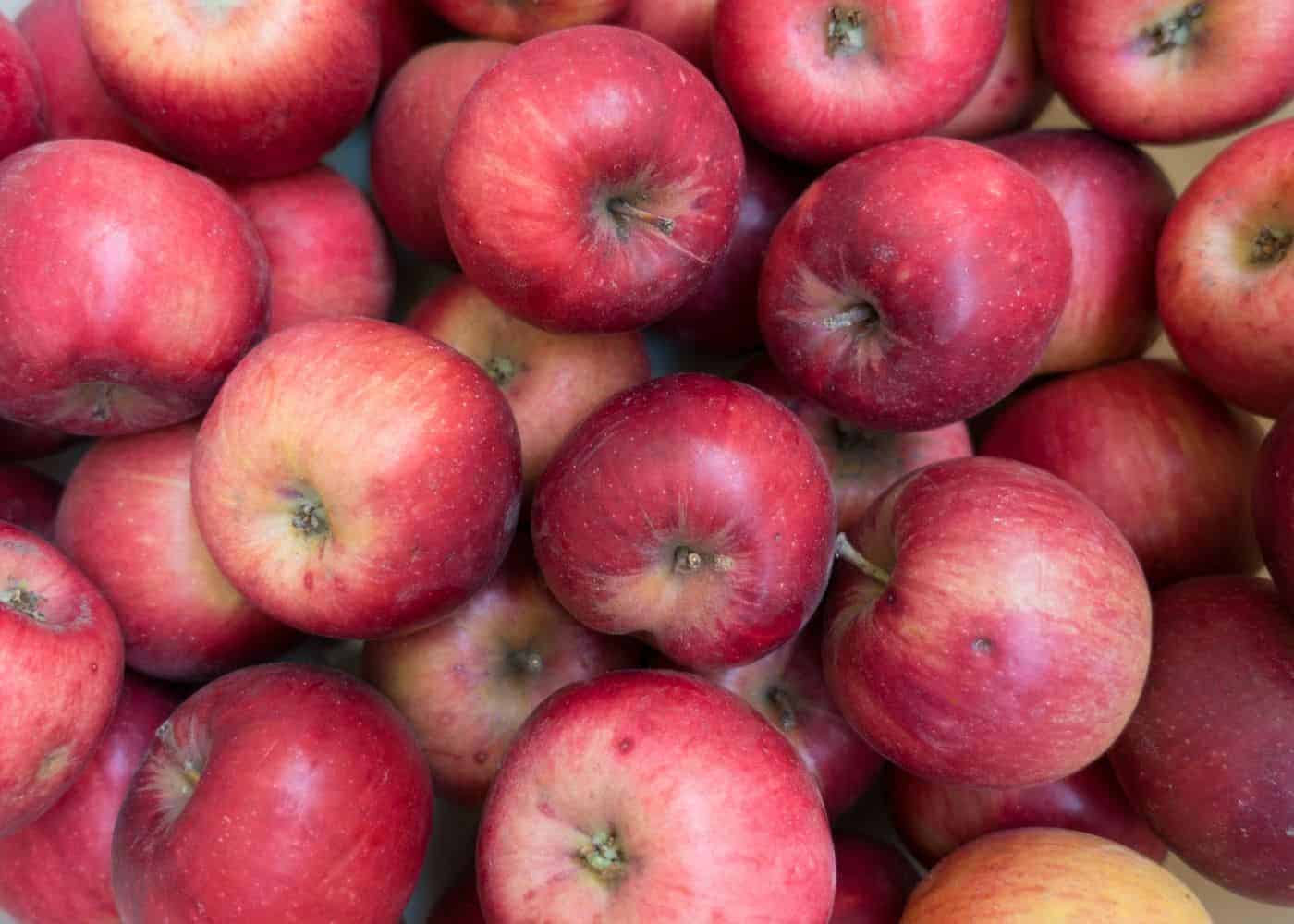
Jonathan apple basics
The ‘Jonathan’ apple cultivar is a classic American variety known for its exceptional flavor and versatility in terms of both growing environments and culinary applications. These fruits have the classic old-fashioned apple taste that’s not too sweet but a little bit spicy. The first harvested apples are tart and snappy, while the latter fruits are a little sweeter in flavor.
The ‘Jonathan’ apple has a medium size with a skin that’s a blend of red and yellow/green, creating a striking visual contrast. The red can range from a bright blush to deep crimson over a yellow to pale green background. They are medium in width but taller in height when compared to many other apple varieties.
In terms of flavor and texture, it offers a balanced taste that’s both sweet and tart, making it highly desirable for fresh eating. The flesh is white to cream-colored, crisp, and juicy, providing a satisfying crunch. This makes them excellent for fresh eating, juicing, pies, sauces, and salads.
This cultivar is valued for its adaptability to various climates and soil types, though it thrives in temperate regions. Its popularity stems from its flavor profile, which appeals to a broad range of tastes, and its utility in both raw and cooked forms. They also store well.
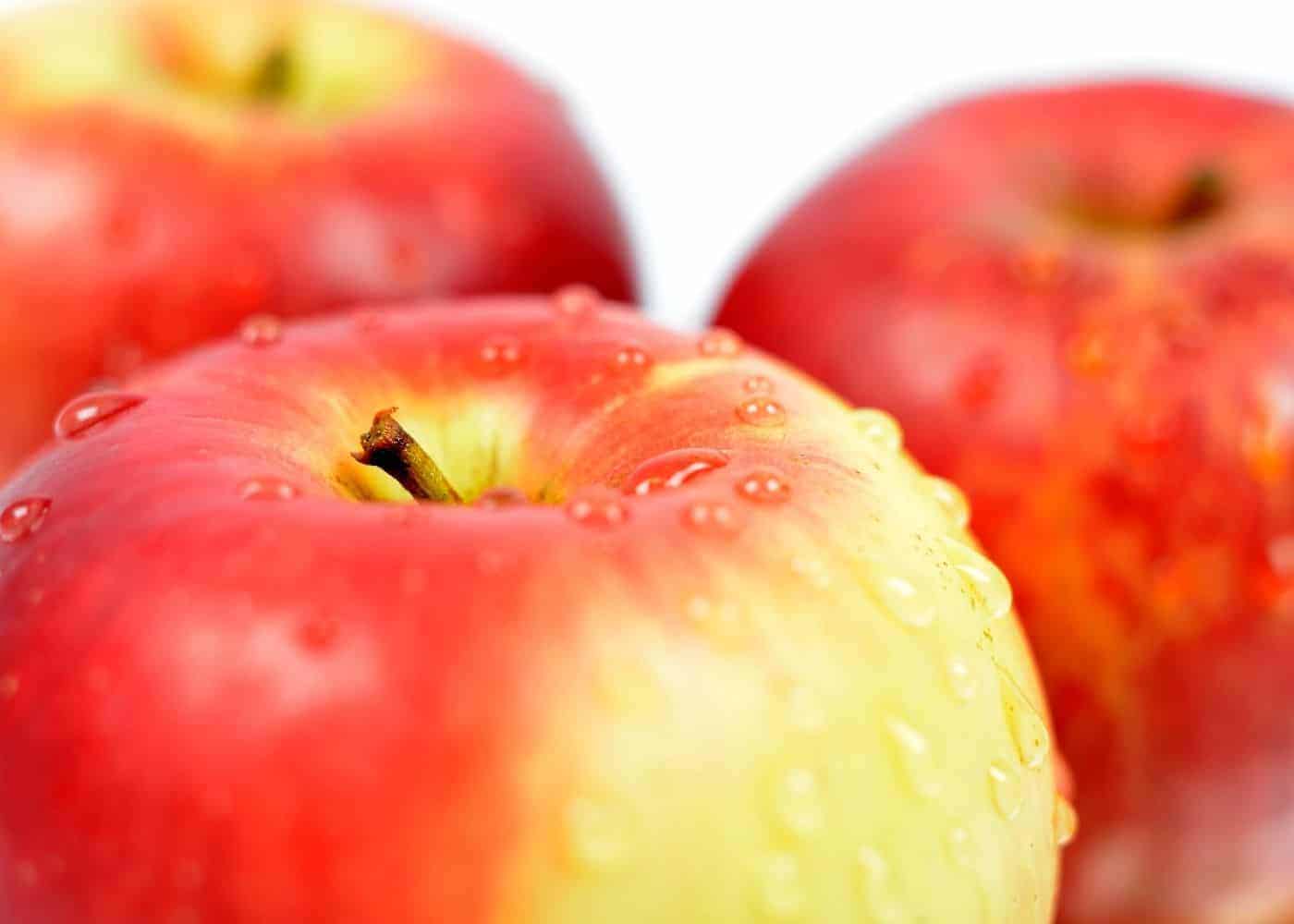
Origins of the Jonathan apple
The Jonathan apple first grew over two hundred years ago on the farm of Philip Rick, near the towns of Woodstock & Kingston in New York state. The original Jonathan tree is thought to be a seedling of the famous Esopus Spitzenberg apple.
The apple went through a variety of names but “Jonathan” stuck when a Rick family friend, Jonathan Hasbrouck, brought the apple to the president of the local horticultural society. They loved the apple and named it after Jonathan Hasbrouck.
“The original tree sprang up on the Rick farm, outside of Woodstock, sometime in the 1790s. In 1826, a local lawyer named Jonathan Hasbrouck brought his friend Judge Jesse Buel, president of the Albany Horticultural Society, to see the apple. Buel fell in love with it and quickly spread its fame (along with its scion wood).”
Apples of Uncommon Character: Heirlooms, Modern Classics, and Little-Known Wonders, by Rowan Jacobsen
Since then, the Jonathan has grown in popularity and has become a fan favorite. Many still enjoy the natural tang of the apple, even more so than when compared to newer, more modern apples.
The Jonathan Apple is frequently used to breed new varieties of apples. The Jonathan apple is a parent apple to the Jonagold apple, the Jonamac apple, and the Jonalicious apple (SUCH great names).
Growing regions
The North East still grows Jonathan apples as many of the locals there prefer it over newer apple varieties. The main growing regions include New England, the East Coast, and the Midwest.
Modern apples have mostly overpowered the Jonathan apple in commercial orchards, but not in smaller orchards and specialty settings. Jonathan apples and their offspring are still used in breeding modern varieties. And because the trees have been around for so long, some chance seedling cultivars have Jonathan heritage.
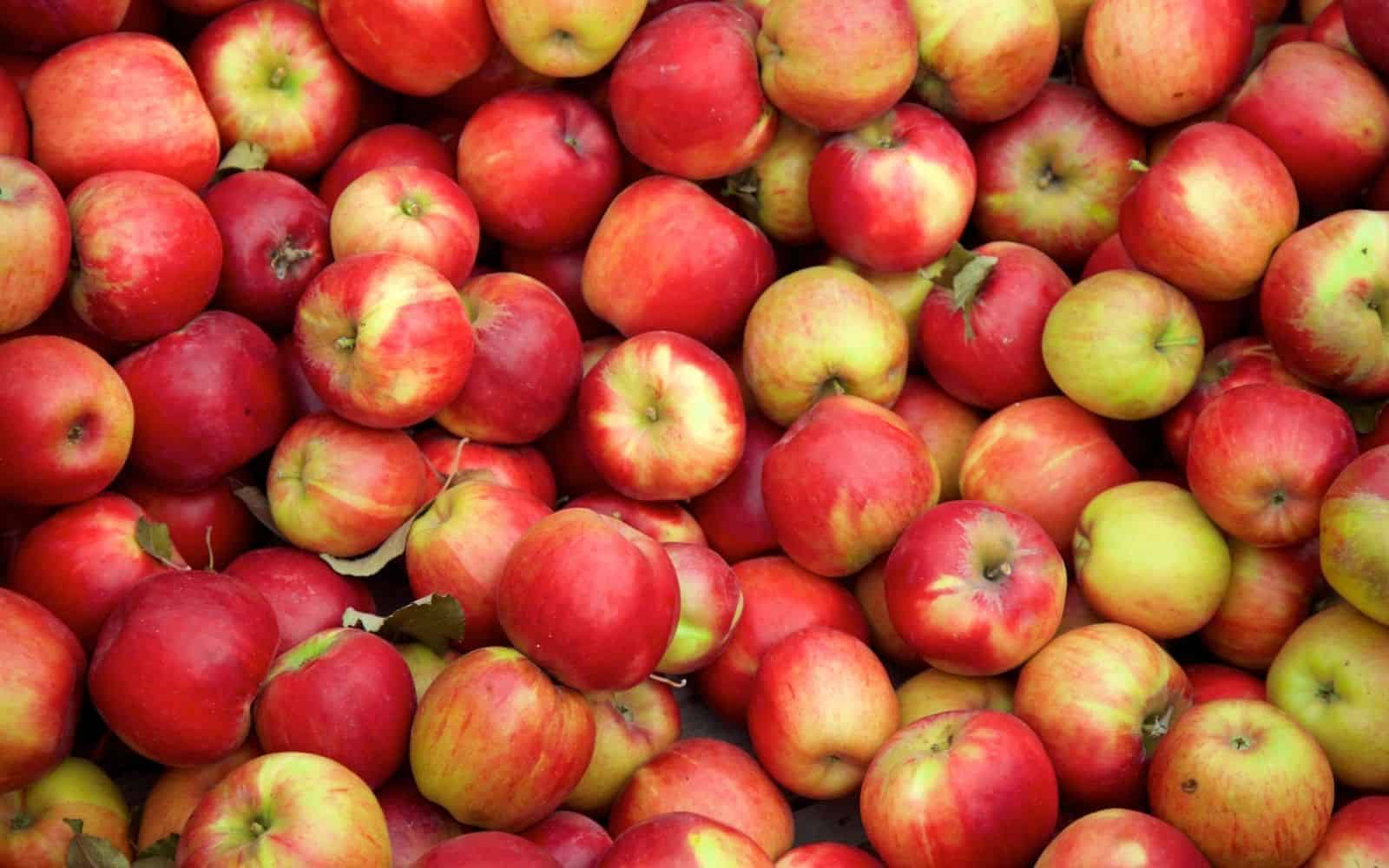
Harvest season
Jonathan Apples are harvested in mid-autumn and are generally gathered in September or October.
Jonathan apples cost about $1.50 per pound. They tend to cost slightly more than common supermarket apple varieties due to their lack of commercial cultivation. Look for them in specialty markets and orchard fruit stands (particularly in the northeast).
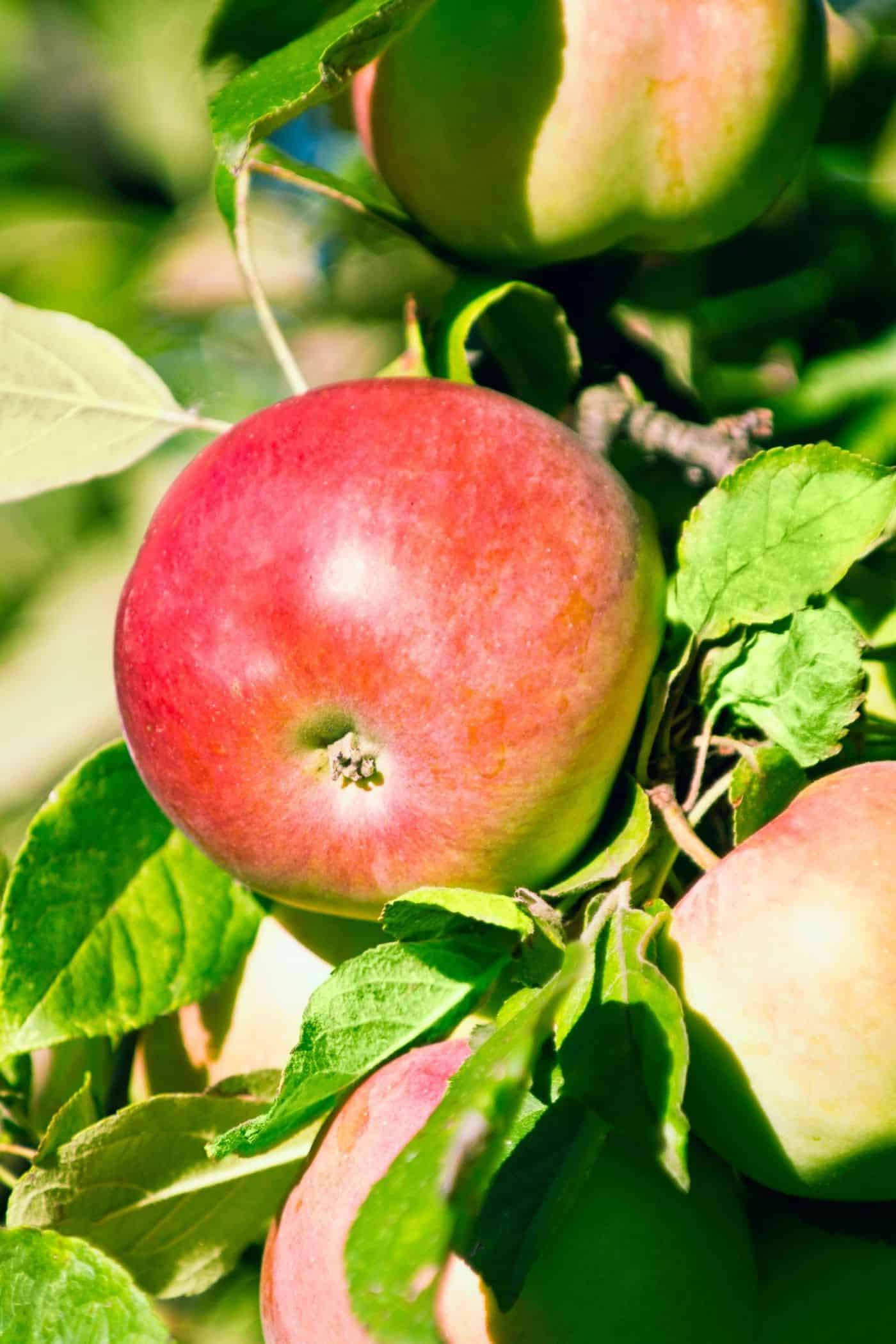
How to grow Jonathan apples
Jonathan apple trees can be grown in Zones 4-9. They grow best in full sun planting locations where the soil is rich in nutrients and drains out excess water easily. Sandy loam soil is optimal. Sandy loam soil is a mix of sand, silt, and clay. It is good for drainage and will work to ensure the tree is not drowned.
Water young fruit trees regularly. Trees should be watered quite deeply about once a week in normal conditions. If the weather is hot and sunny, then the tree may need more water. Consistent and frequent watering when young is vital for the tree to develop an established root system.
Apple trees require full sunlight to produce the best crop. They need at least six hours in the sun every day, and they do not tolerate full shade well. If the tree does not get enough sunlight, then the taste and appearance of the apples will change.
Jonathan apple trees are midseason bloomers. In terms of pollination, they are in Pollination/Flowering Group 3, along with other heritage favorites like Granny Smith, Cox’s Orange Pippin, and Bramley’s Seedling.
Jonathan apple trees are partially self-pollinating, but the crop set is low without a viable pollination partner. Good pollinator trees for Jonathan include Cortland, Empire, Fuji, and Granny Smith.
“One of the few self-fruitful apple trees, Jonathan is moderately vigorous and bears early, annually, and heavily. The tree will remain fairly small with slender, delicate growth. Leaves are dull, somewhat coarse, pubescent, and irregularly serrated.”
Apples of North America: Exceptional Varieties for Gardeners, Growers, and Cooks, by Tom Burford


